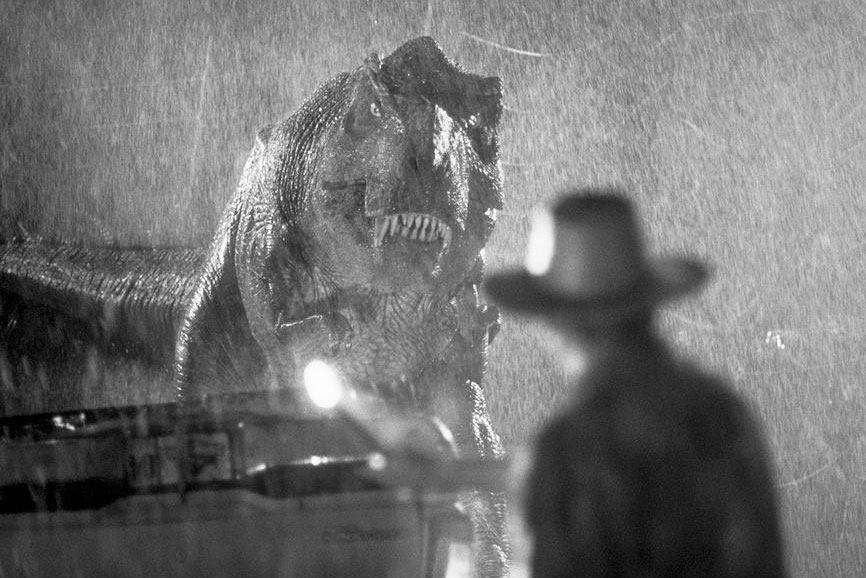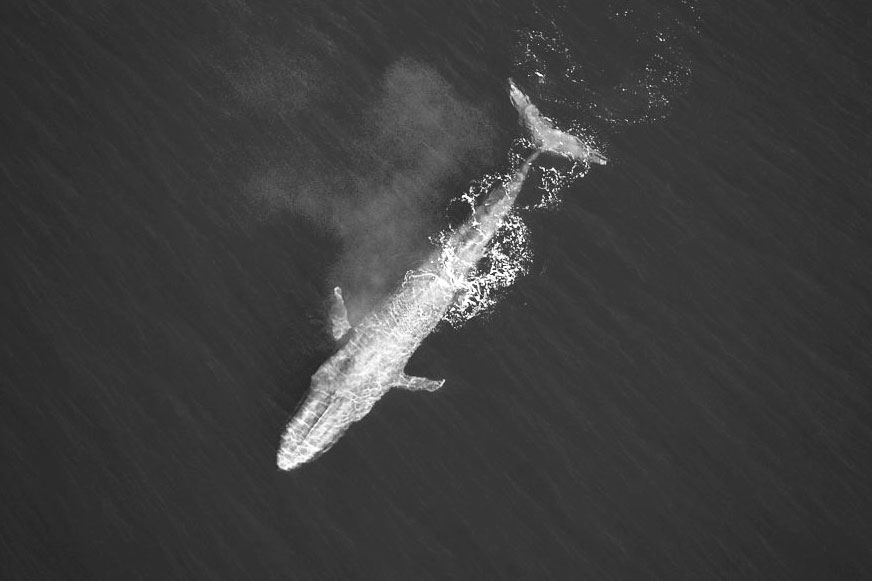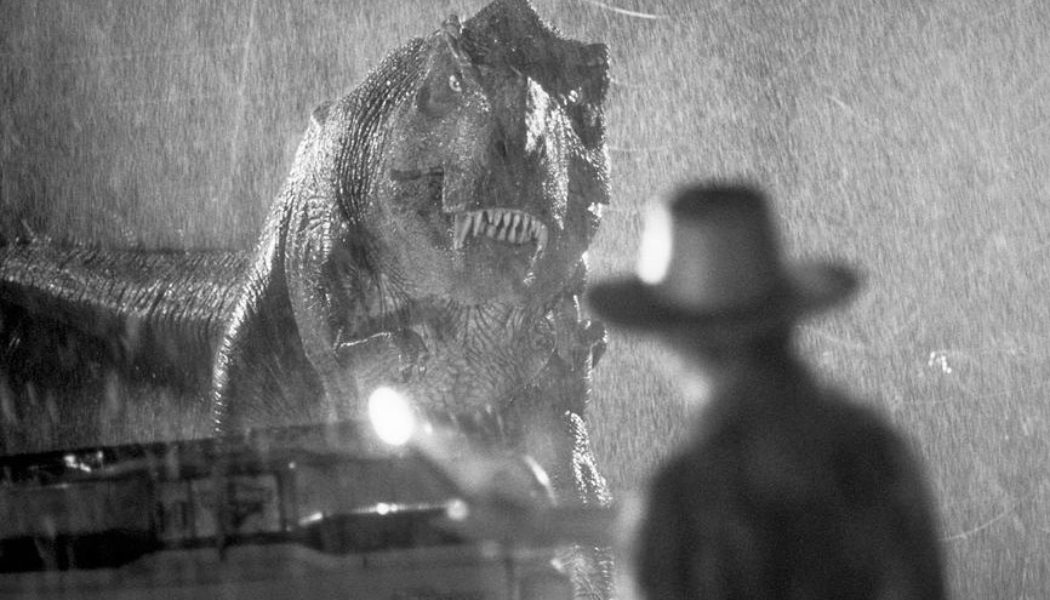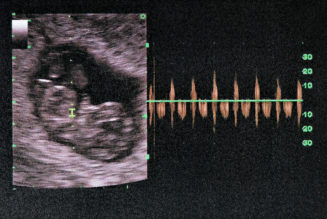
Most Dinosaurs in Jurassic Park Didn’t Live During the Jurassic Period
Although the age of dinosaurs often conjures up an image of a tropical planet with stegosauruses and T. rexes running rampant, the scientific reality is more complicated. The dinosaurs actually lived during three different geologic periods: the Triassic, Jurassic, and Cretaceous (known overall as the Mesozoic Era). All three periods played host to giant reptiles we know today as dinosaurs, but each one was distinct, with its own unique cast of dino characters. While the Triassic Period saw mostly small dinosaurs, the Jurassic Period gave rise to monstrously proportioned dinos, and the Cretaceous Period hosted an immense diversity of species. Many of the dinosaurs featured in Steven Spielberg’s 1993 film Jurassic Park — including the velociraptor, triceratops, ankylosaurus, parasaurolophus, and most famously, the Tyrannosaurus rex — actually evolved during the late Cretaceous Period. Only a few starring dinos, such as the dilophosaurus and brachiosaurus (in arguably the best scene in the film), actually lived during the titular Jurassic Period. Thankfully, Hollywood corrected the error with a Jurassic Park-inspired children’s movie in 2020 called Camp Cretaceous.

Dinosaurs Measured From a Few Inches Big to Several Stories Tall
Today, the animal class Mammalia features a stunning array of species in all different shapes and sizes, from the 2-gram bumblebee bat to the 200-ton blue whale. The same can be said for the dinosaurs. The smallest of the now-extinct dinosaurs weren’t very big at all; some may have only been the size of a sparrow. On the other end of the spectrum, no creature quite compared to the Titanosaur, an especially gargantuan long-necked sauropod. The largest of this cadre was the Argentinosaurus, a species discovered in (you guessed it) Argentina. Although no complete skeleton of this dinosaur has ever been uncovered, paleontologists estimate it would’ve stood 131 feet tall (taller than a 10-story building) and weighed upwards of 110 tons, making it the largest land animal in Earth’s history.









